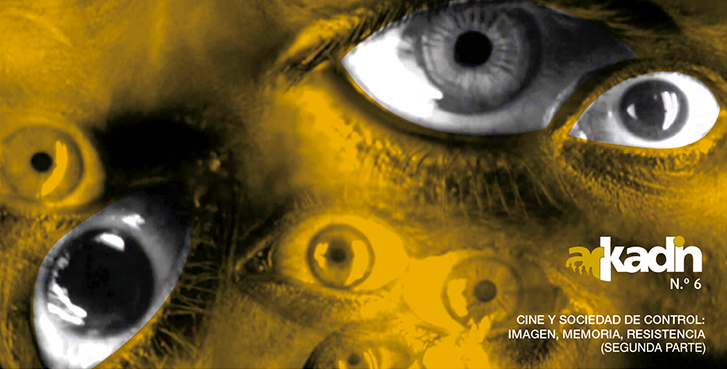Presencia / Ausencia del período silente en el cine argentino
Keywords:
Cine mudo, cine argentino, historia del cine, archivosAbstract
La imagen ausente. El cine mudo argentino en publicaciones gráficas. Catálogo. El cine de ficción (1914-1923) es resultado de un trabajo de más de diez años llevado a cabo por el periodista e investigador Lucio Mafud, ganador de las becas Oscar Landi y Domingo F. Sarmiento, destinadas por la Biblioteca Nacional al análisis de la cultura popular argentina. La ausencia casi total de la filmografía del período abordado no constituyó un impedimento para el estudioso del cine, quien suplió la falta mediante la información que pudo proporcionarle el relevamiento minucioso de las publicaciones gráficas de la época que hacían mención a estos films. A partir de la clasificación y sistematización de los datos extraídos de este material, Lucio Mafud pudo brindarnos un panorama completo, y en muchos casos novedoso, de la producción cinematográfica nacional, así como del contexto en que surgió una de las cinematografías más importantes del período.Downloads
Published
How to Cite
Issue
Section
License
The acceptance of the manuscript by the magazine means the non-exclusive cession of the property rights of the authors in favour of the editor, who allows the reuse, after publication (post print), under a license Attribution-NonCommercial-NoDerivatives 4.0 International.
According to these terms, the material can be copied and redistributed by any means or in any format as long as a) the author and original source of the publication are quoted (magazine and URL of the work), access to the license is provided and whether changes have been made is mentioned; and b) the material is not used for commercial purposes.
The cession of non-exclusive rights means that after the publication (post print) in Arkadin the authors can publish their work in any language, means and format; in such cases it must be mentioned that the material was originally published in this magazine. Such cession also means the authorization of the authors for the work to be collected by SEDICI, the institutional archive of the Universidad Nacional de La Plata, and to be spread in the databases that the editorial team considers appropriate to increase the visibility of the publication and its authors.
Moreover, the magazine encourages the authors to deposit their productions in other institutional and thematic archives under the principle that offering the society the scientific and academic production without any restrictions contributes to a greater exchange of the global knowledge.
























